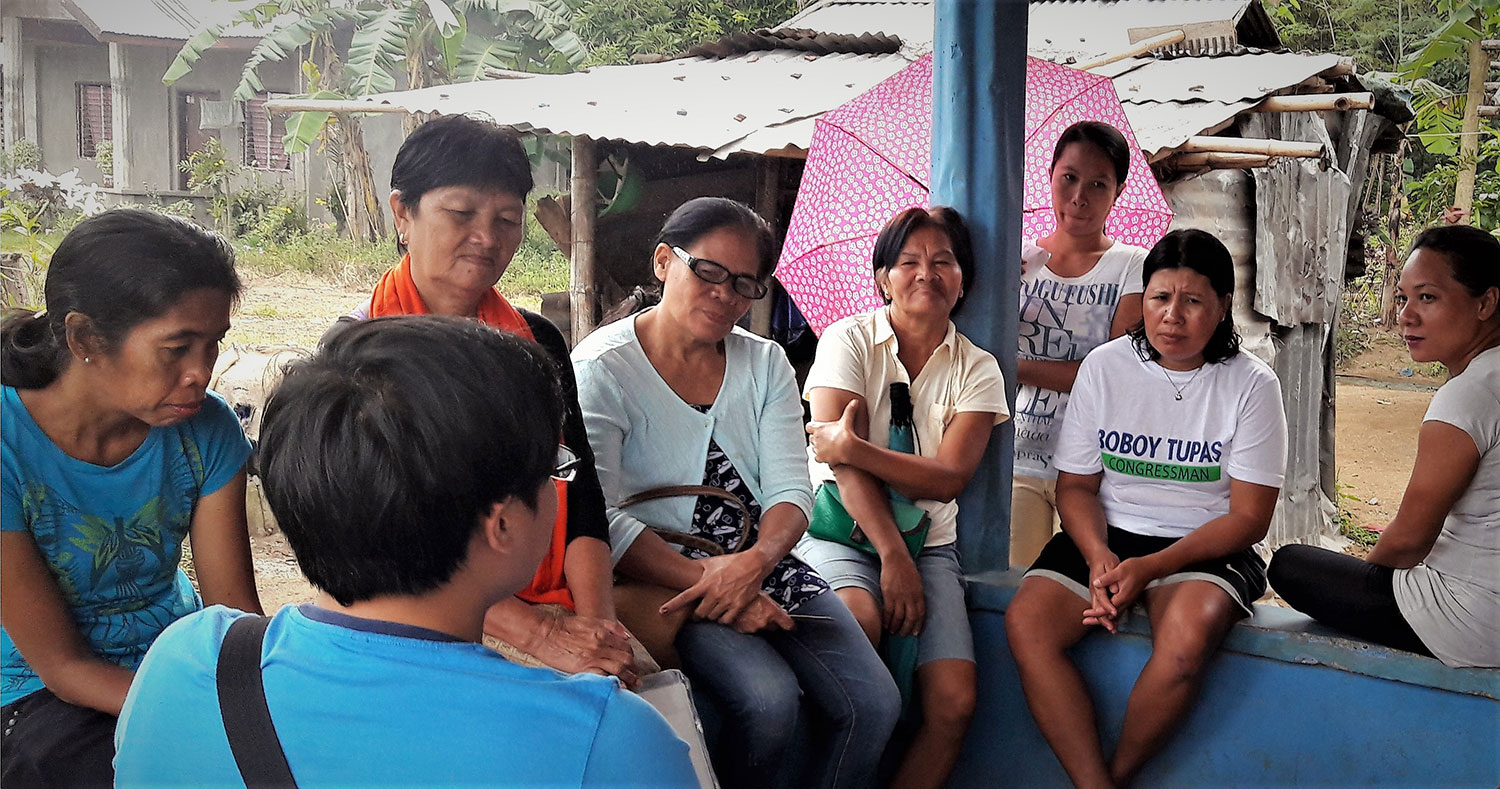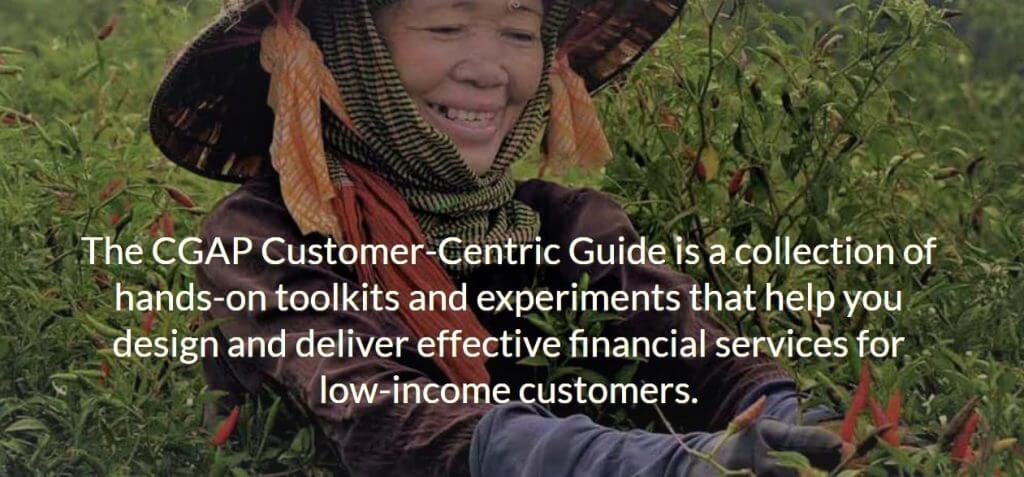The Case For Customer Centricity In Microinsurance

We all get it: putting customers at the centre of our work is supposed to make them happier and, as a result, makes our business grow.
I mentioned Apple in a previous blog post. Steve Jobs’s vision to start with the customer experience and work back to the product – not the other way around – has turned the company into the largest tech company worldwide.
Amazon, which wants to be “Earth’s most customer-centric company” follows closely.
The challenge of customer centricity in microinsurance
In microinsurance too, building a truly successful customer-centric practice requires a change of thinking.
Microinsurance customers have different insurance needs to traditional insurance clients.
We are therefore required to start from our customers’ needs and fully understand them to develop insurance solutions that best respond to these – not create products that we ‘shoehorn’ customers into agreeing to buy.
Microinsurance customers require adapted enrolment and payment processes and a lightweight and superfast claim-handling service. Most microinsurance customers have extremely limited savings (if any) so the consequences of not being there in their time of need seriously jeopardises the value of the solutions.
And all that customerisation needs to be developed from a very small premium only. Though small for the insurer, from the microinsured perspective, it is a serious investment. Clients want to see value for their purchase or might not renew otherwise.
Microinsurance challenges insures to act beyond the traditional insurance model. Being truly customer-centric requires a step away from product-driven thinking; it means radically redesigning processes, taking many companies out of their comfort zones.
It involves trial and error and a lot of guts, supported by an empowering leadership that is comfortable with ceding authority to those who are closest to the client. This breaks existing departmental thinking and hierarchies.
Yep, it’s quite something to really practice what you preach with customer centricity.
Customer centricity works - here’s the proof

CGAP, a global partnership of over 30 leading organisations that seek to advance financial inclusion, just launched a customer centric guide for financial inclusion to support financial service providers in become more customer-centric.
This is a hands-on toolkit, based on the experience of a handful of champions that are working on the frontlines of customer centricity.
Pioneer Insurance in the Philippines, the host of the upcoming Microinsurance Master programme, served as the microinsurance pilot for this.
Its microinsurance business is proof that the challenges of becoming customer-centric can pay off handsomely. The company has seen its microinsurance business grow from 266,000 enrolments to 18 million enrolments in just five years.
It attributes its success largely to becoming a better listener to its customers’ needs. Their customers asked for claims to be paid fast. That’s just what they did.
As you can see in the video below, employee immersion visits and a tailored onboarding programme have helped the company to strengthen its customer-centric culture. Its microinsurance division has piloted the way ahead for other Pioneer divisions.
Customer centricity at Microinsurance Master
At Microinsurance Master, we believe that customer-centric solutions reduce the vulnerability of low-income people and make microinsurers thrive.
This is the founding premise of the programme, tapping into widely successful techniques such as Human-Centered Design and the Lean Startup methodology that rely on customer-centric development.
Join our programme and discover Pioneer Microinsurance’s journey, experiencing and learning yourself how customer centricity can strengthen your microinsurance practise.
The programme starts on February 18, 2019. Applications received before November 4 are prioritised. Find out more here.
